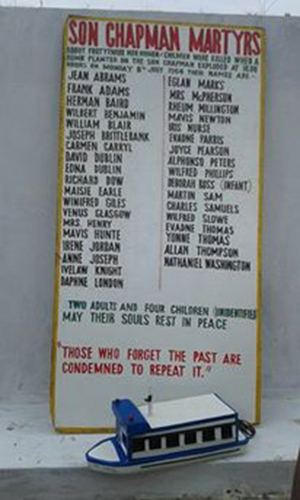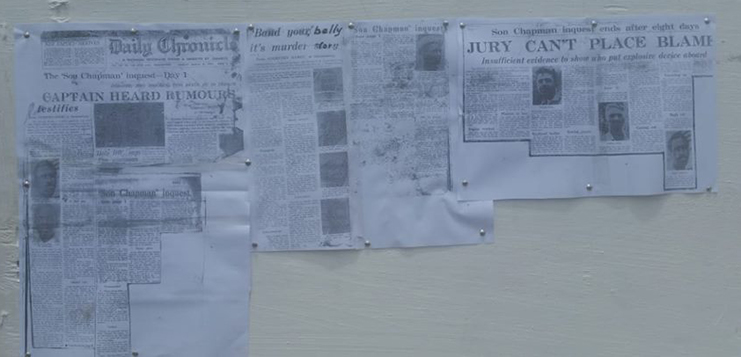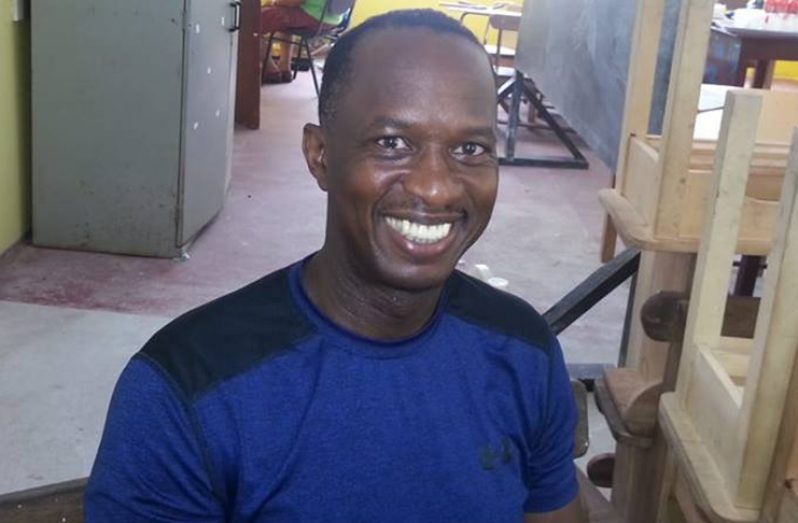For decades, a memorial was held on July 6th every year to remember the 43 lives lost in the Son Chapman Massacre which occurred in the Demerara River on the same date in 1964. On Friday however, this was not done, much to the surprise of many, since it was the first year after the passing of owner of the vessel, Norman Chapman.
While some preparations were made by the commemoration committee of the Regional Democratic Council, the planned memorial fell through, leaving surviving relatives of those that perished and relatives and children of Norman Chapman disappointed. The memorial is usually held at Hurudaia, where the tragedy occurred but this year, it was slated for the Christianburg site, where most of the remains were buried.

Dr. Steven Carryl, son of Carmen Carryl who was pregnant at the time when the explosion occurred, said that for most of his life, he avoided the tragedy and it was the 2016 memorial observance he attended made him connect with the memories of his mother.
Though he lives oversees, he has a great appreciation for the memorial and is calling for more significance to be put into it. “Even though it was 50 years later, it was helpful for me, I was for most of my life avoiding the thing, prior to that it was just a story in the family,” he said. He was only two years old when she died and had to grow up with his father and other relatives.
With the way things turned out on Friday, Carryl said, “I believe that they should do it different or better for this event, if you look at it as the population at that time and if you look at it as a percentage, if you lose that number of people in one accident, is a big tragedy. Any tragedy has to be dealt with in context of its proportionality and size, this is a big tragedy in a small town,” Carryl posited.
His mother was one of the many hucksters who journeyed to Georgetown to purchase goods to sell when she died that day. The death of those many women, who were bread winners for their families, created a great loss to the Linden community, since many families were left un-provided for. “She was a part of the family, bringing money in. Most of these women actually were sellers, they use to go and buys stuff in Georgetown and sell, so when you eliminate them from the family and the church, it has a tremendous ripple effect,” Carryl said.
In the previous RDC statutory meeting, Chairman of the Regional Commemorative Committee Charles Sampson said he was disappointed with the way the memorial was being treated and has been calling for a monument to be erected at the memorial site at Hurudaia. Calls were also made for more funding to be poured into commemoration.
Dr. Carryl however believes that funding is the least of the issues relating to remembering a tragic incident and what matters is the conveying of what occurred in a simple way. This can be done, via a march or an address to the youths annually. The aim is to build momentum and this must be done with consistency to let the memories of those persons live on.

As the story goes, at approximately 16:00hrs, Monday July 6, 1964, the Son Chapman vessel had just left the docks of Hurudaia, a timber grant settlement 16 miles up the Demerara River after letting off three passengers. The vessel was owned by Norman Chapman but was captained by Herman Softleigh on that day.
The persons on board inclusive of passengers and crew men were all enjoying the cool afternoon breeze and the surrounding scenery of the banks of the river. Unfortunately, this solitude was abruptly interrupted, about 300 yards from Hurudaia, by a loud explosion which claimed the lives of 43 persons inclusive of two children and six Demba employees.
Pandemonium broke loose as the 27 persons and six crew members who survived the explosion, swam to shore while others were rescued by passing vessels as they watched the “Son Chapman” sink.



.jpg)








